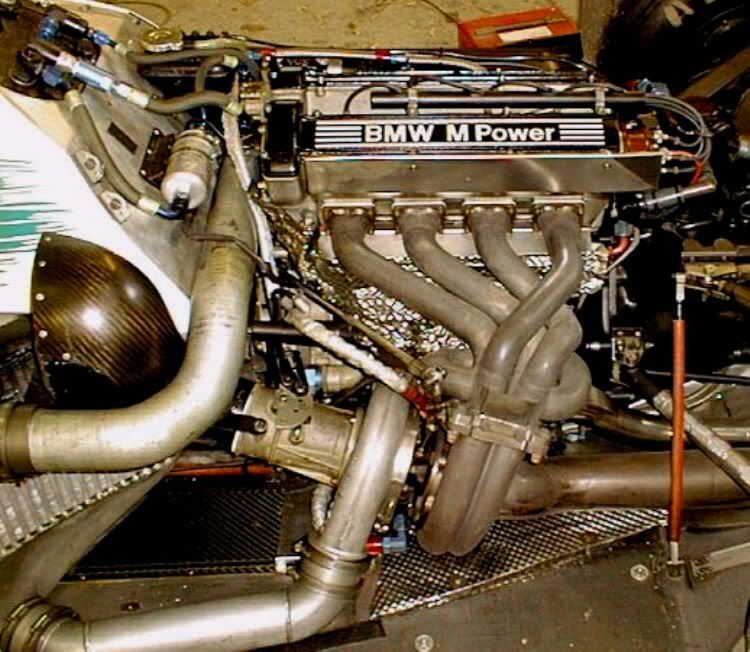Engine efficiency
Limit engine power by imposing a maximum energy flow rate. There will be few restrictions on the engine cycle, which can include turbo-charging and energy recovery. This could lead to a gain of at least 20% in thermal efficiency.
Drag
Allow moving aerodynamic devices, which will reduce drag by more than 50% and allow a 40% reduction in the power required to maintain current speeds.
Energy recovery
Energy will be recovered during braking and returned to both front and rear axles when accelerating. The amount of energy returned on each straight will be limited in order to prevent top speeds exceeding circuit safety criteria.
Fuel
The total amount of fuel energy to be consumed during a race will be regulated, encouraging further overall efficiency. The CO2 emitted will be further reduced by the introduction of gasoline which is partly derived from sustainable, non-food bio sources but complies fully with pump fuel legislation.
Overtaking
New aerodynamic rules will halve the downforce, and de-sensitise the car to the influence of the wake of the car ahead. It is also proposed to eliminate automatically the downforce deficit of the following car.
Regulations
The best estimates of what these measures will mean in terms of regulations are currently as follows:
? 1.3-1.5 litre, 4-cylinder engine;
? no RPM or boost limit;
? energy flow rate to generate 300kW, including energy recovery from the exhaust;
? 200kW brake energy recovery, front and rear axle;
? 400-600kJ energy return per straight;
? pump-legal bio-fuel;
? FIA specified and supplied undertray and possibly other aerodynamic components;
? 50% 2007 downforce;
? adjustable, regulated wings and cooling;
? automatic downforce adjustment when following another car;
? lap times and top speeds maintained at 2009 levels;
? over 50% reduction in fuel consumed.
Costs
A number of measures to constrain costs are proposed, including:
? standardisation of components (including wheels, brakes, brake ducts and uprights);
? homologation of components and assemblies;
? material restrictions;
? extended life of assemblies;
? restrictions on personnel and work at races;
? restrictions on the use of certain facilities (eg wind tunnels).


